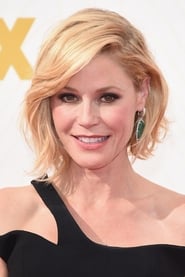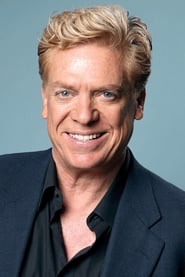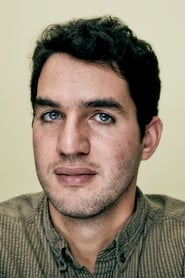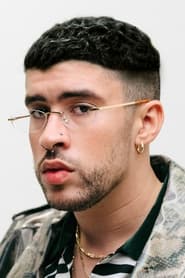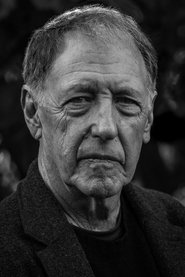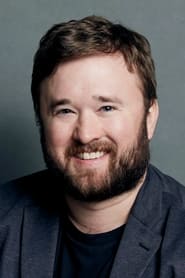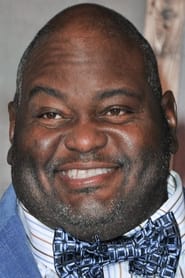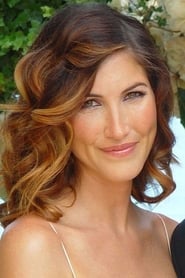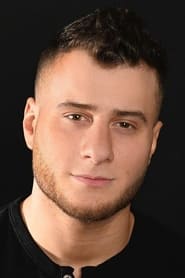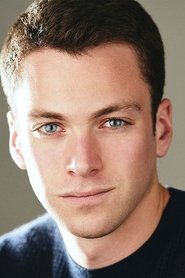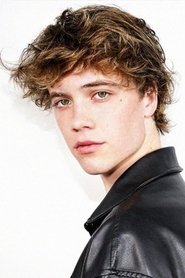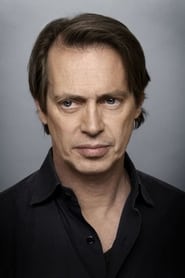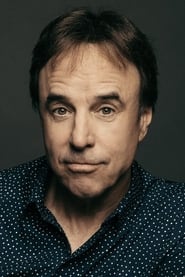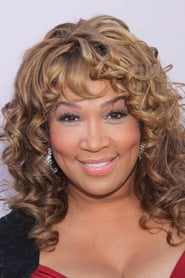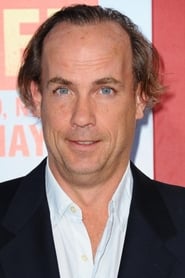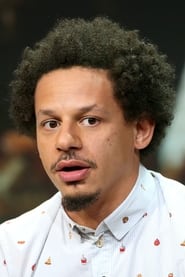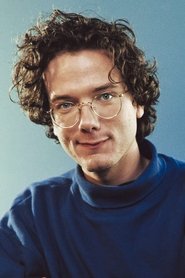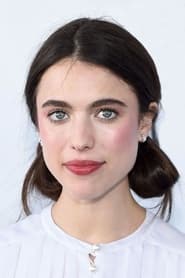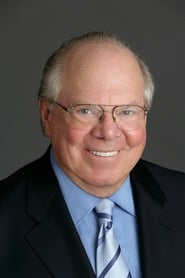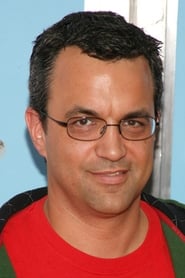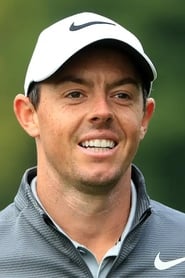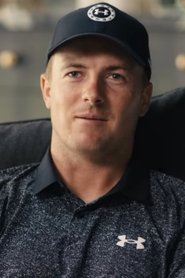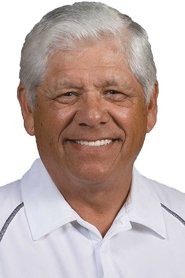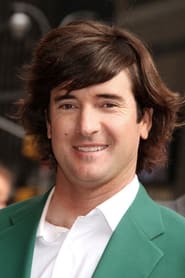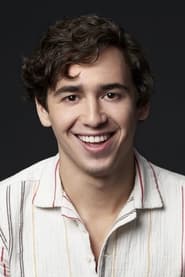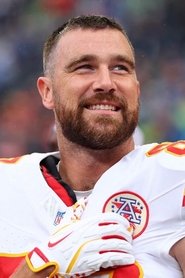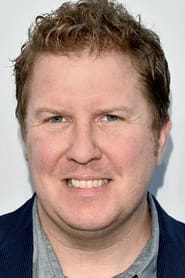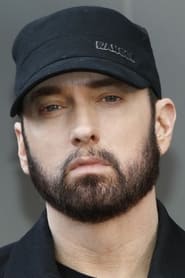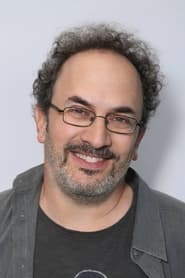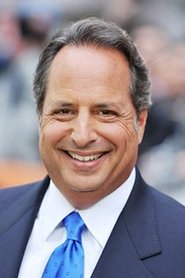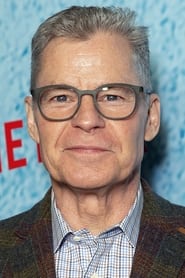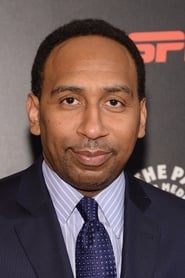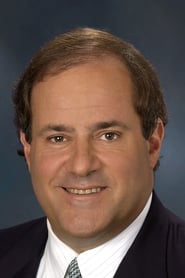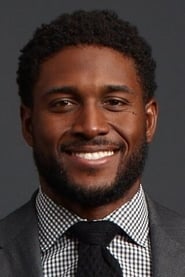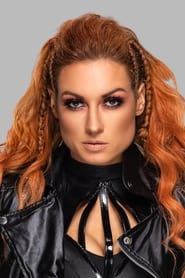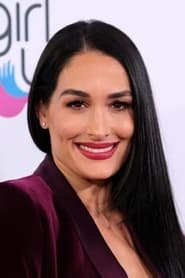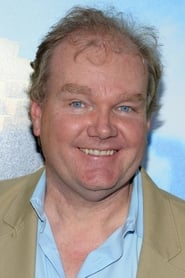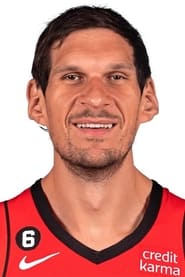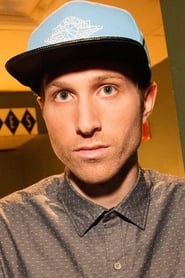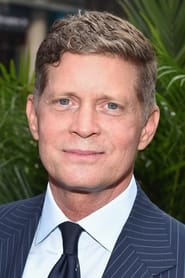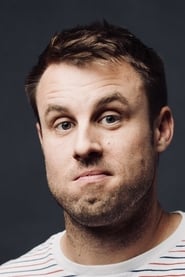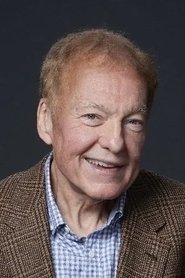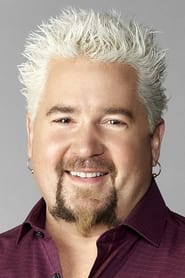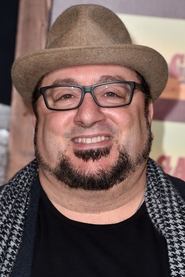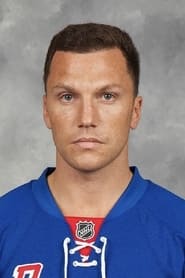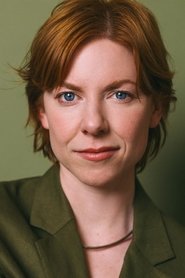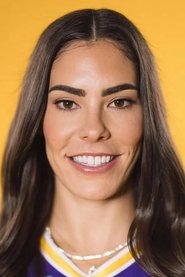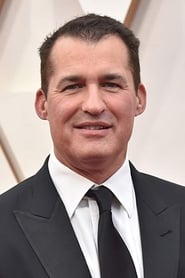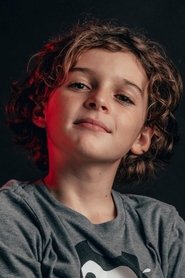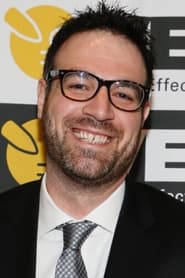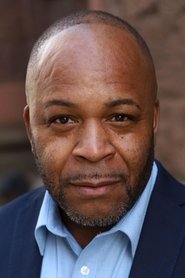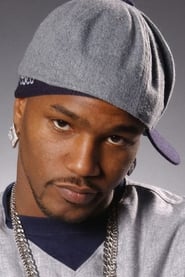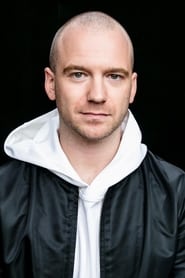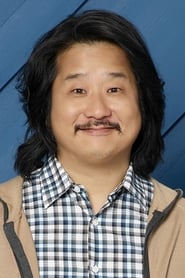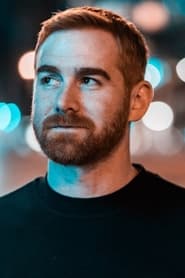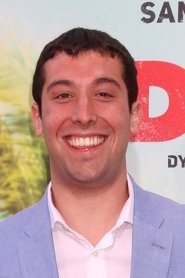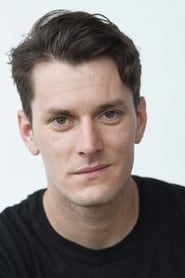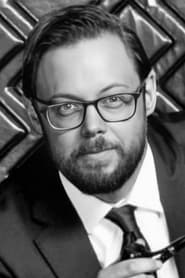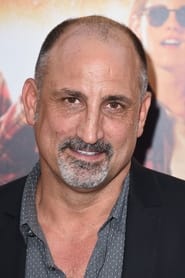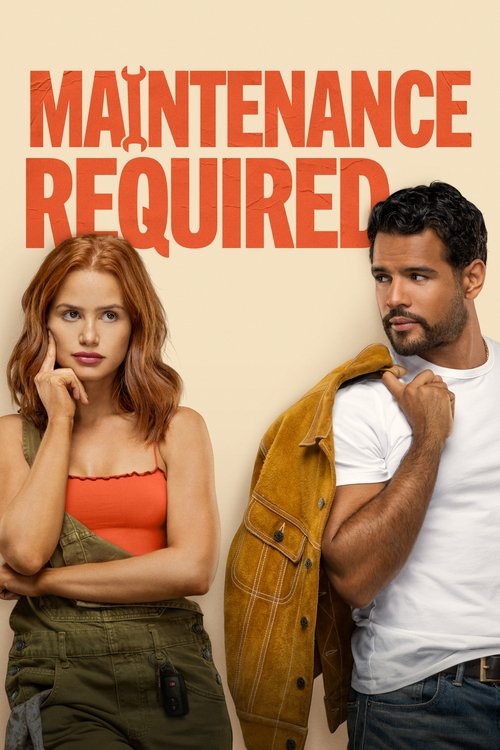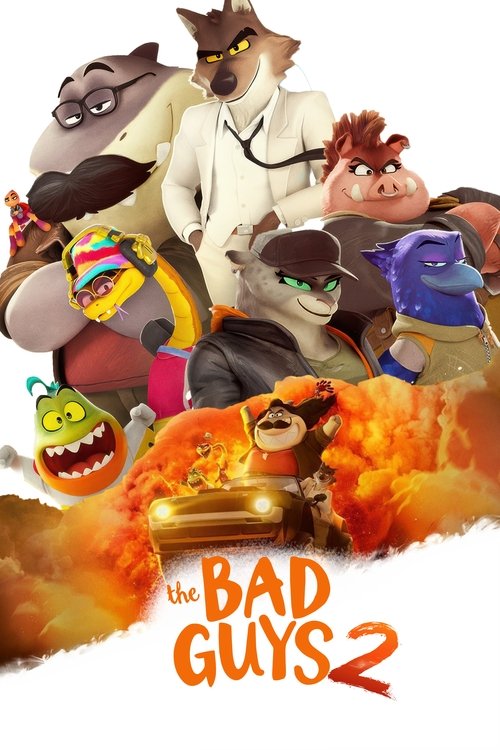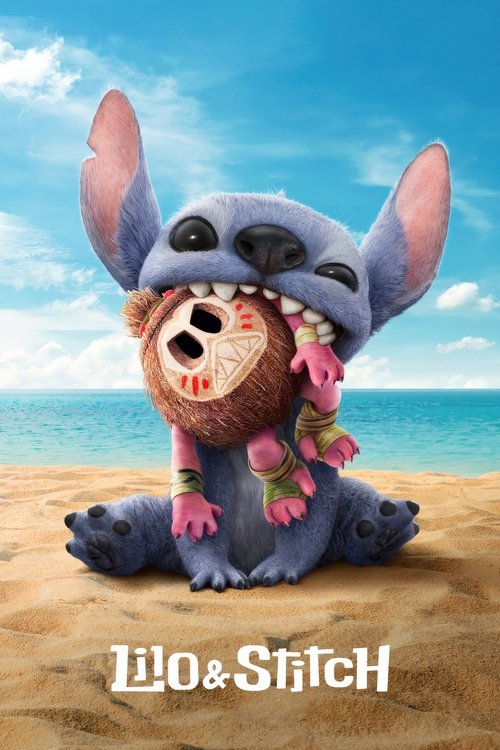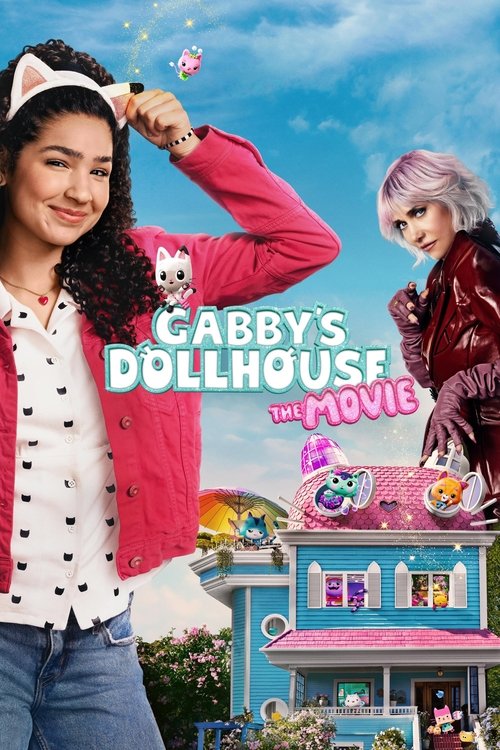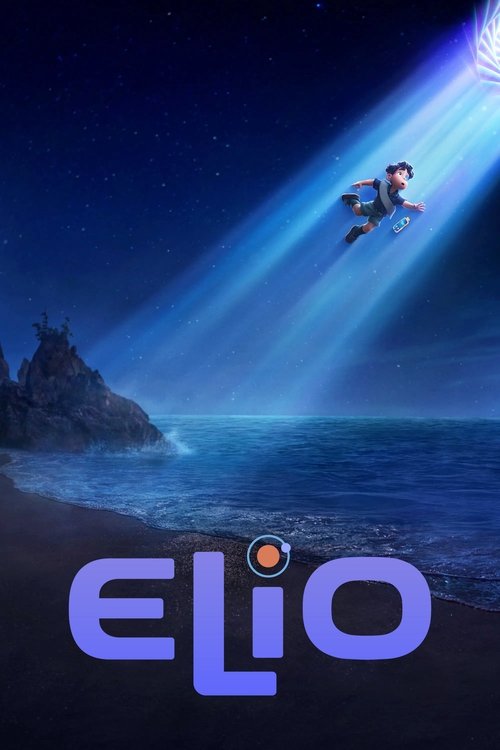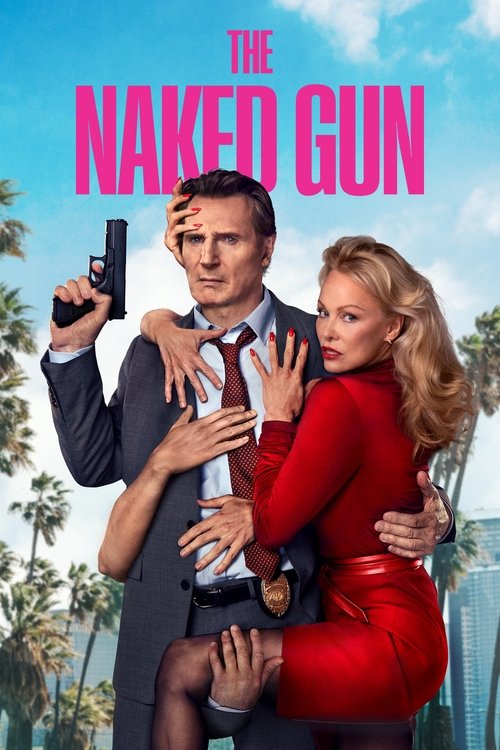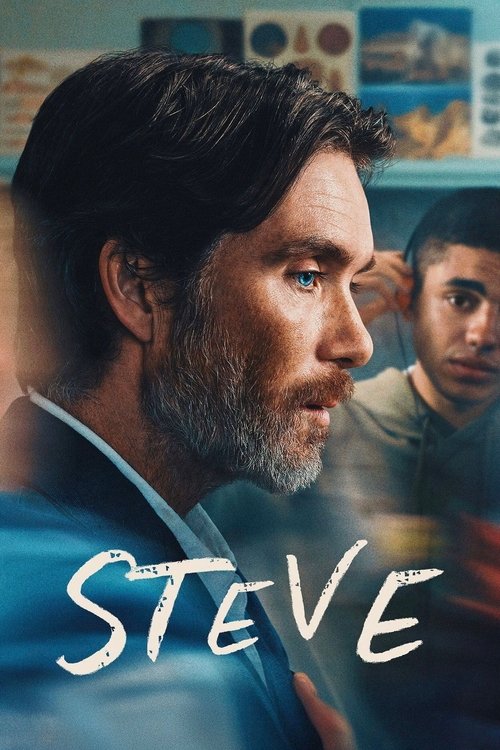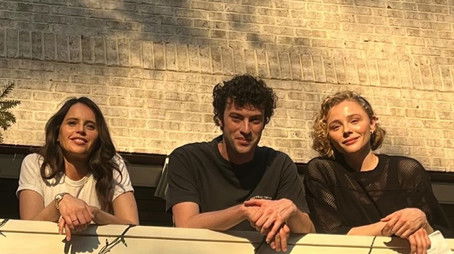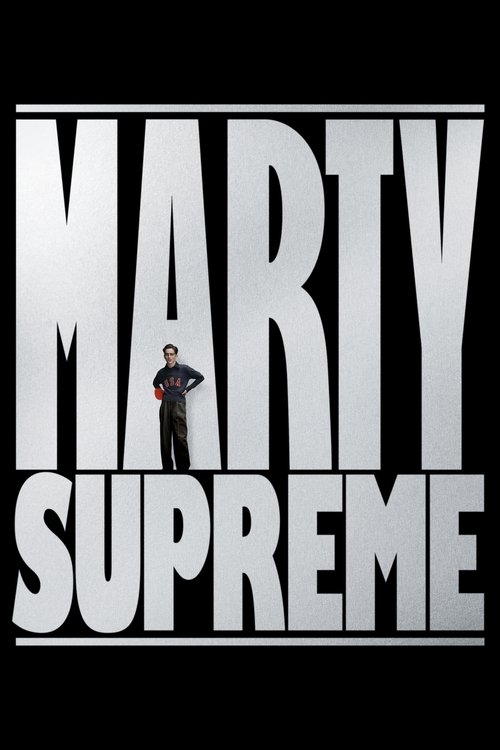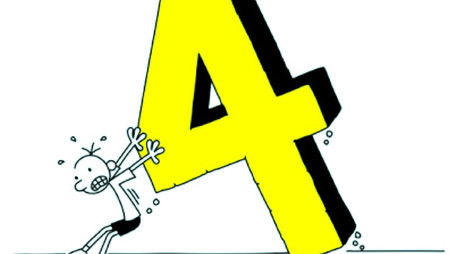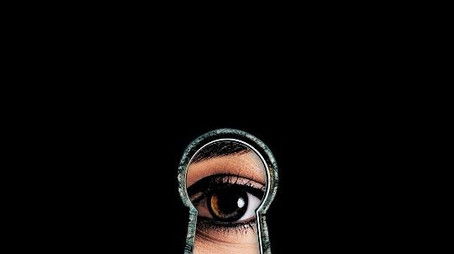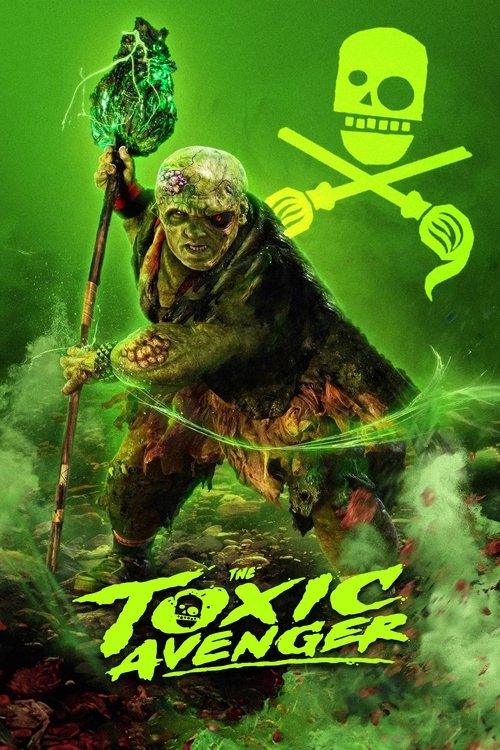
Ask Your Own Question
What is the plot?
Happy Gilmore 2 (2025) opens with Happy Gilmore narrating his improbable rise from a hot-headed amateur hockey player to a celebrated professional golfer. After winning the 1996 Tour Championship and securing five more titles, Happy enjoys a seemingly perfect life with his wife Virginia Venit, the professional golf tour's public relations director, and their five children: Gordy, Wayne, Bobby, Terry, and Vienna. However, tragedy shatters this happiness during a 2014 tournament when Happy accidentally strikes Virginia in the head with a golf ball, killing her instantly. Overcome with guilt and grief, Happy abandons golf, descends into alcoholism, and spirals into despair. His financial ruin culminates in losing his grandmother's house after a repossession worker sues him for instigating a brawl, leaving Happy a single father struggling to support his family.
Eleven years later, Happy works at a supermarket, living modestly with his youngest daughter Vienna, while his four sons have moved out and taken on various jobs to help support the family. Vienna develops a passion for dance, and her teacher Monica recommends she attend a prestigious ballet school in Paris, which costs $75,000 annually. Determined to provide for Vienna's dream, Happy contemplates a return to golf despite his troubled past.
Happy's life takes a turn when Frank Manatee, the slick but obnoxious CEO of Maxi Energy Drink and founder of a new golf league called Maxi Golf, approaches him. Frank wants Happy to become the face of Maxi Golf, which he markets as a modern, rebellious alternative to traditional golf, which he deems boring and outdated. Happy refuses Frank's offer, even humiliating him by dumping him into a lobster tank after Frank makes a disrespectful remark about Virginia. Despite this, Happy is inspired by his old friend John Daly, now living as a vagrant, to rekindle his golf career to raise money for Vienna's dance education.
Happy's initial attempts at golf are clumsy and humorous. He plays with local amateurs Sally, Steiner, and Fitzy, struggling to regain his form. A nostalgic reminder from his late mentor Chubbs Peterson about the importance of "hips" in the golf swing sparks a breakthrough, and Happy begins to improve. However, his alcoholism still plagues him; during a drunken golf cart ride, he crashes into others, injuring several people and landing himself in jail. The court drops charges on the condition that Happy completes a radical alcohol treatment program.
At the treatment center, Happy discovers the program is run by Hal L., a sinister orderly who previously abused Happy's grandmother. Hal exploits patients, including a teenage girl named Charlotte, whom Happy befriends. Meanwhile, Happy's nemesis Shooter McGavin, who has been institutionalized for 30 years, is denied parole after a hearing is disrupted by his anger at Happy's presence.
Happy's comeback gains momentum when he attends a golf event hosted by Doug Thompson, president of the Tour Championship. Concerned about Maxi Golf's rising influence, Doug agrees to a proposed match pitting the five best players from Maxi Golf against five traditional golfers. Happy recruits Oscar Mejías, a bullied busboy he defends from a cruel waiter, as his caddie.
In the ensuing competition, Happy faces Will Zalatoris, the caddie he once choked early in his career. Using mental strategies like revisiting his "happy place," Happy defeats Zalatoris, who retaliates by choking his own caddie. Despite this victory, Happy's grief overwhelms him during the fourth round on Mother's Day, causing him to relapse and finish sixth. The winner, Billy Jenkins, is revealed to be a Maxi Golf player.
Frank Manatee, seeking an advantage, releases Shooter McGavin from the mental hospital and reveals a secret: Maxi Golf players have undergone a controversial procedure severing their iliolumbar ligaments, enhancing their hip flexibility and driving distance. Shooter, disgusted by this unethical practice, attacks Frank with scalding coffee and flees.
Happy and Shooter confront each other at Virginia's grave, where a brief fight turns into a truce. They join forces to stop Frank's cheating scheme. They enlist Slim Peterson, son of Chubbs, who despite his own injuries, forgives Happy and agrees to help. Together with other professional golfers--Rory McIlroy, Bryson DeChambeau, Brooks Koepka, and Scottie Scheffler--they form a team to challenge Maxi Golf.
The climactic tournament features elaborate courses designed to favor Maxi Golf's enhanced players, including Billy Jenkins, Harley, Flex, 8-Ball, and Screech. Early in the competition, Scottie Scheffler is disqualified for punching an opponent. Despite the course's obstacles and injuries--Brooks Koepka is hurt during a snow-themed course--Happy's team fights back. Shooter steps in as a substitute, delivering a crucial shot that ties the match.
The final showdown pits Happy against Billy in a tie-breaker. Frank manipulates the green to make the putt nearly impossible, then offers a high-stakes deal: if Happy misses, he must join Maxi Golf; if he sinks the putt, Frank must disband Maxi Golf, pay for Vienna's ballet school, buy back Happy's grandmother's house, provide Happy with a new electric car, and open an Italian restaurant for Oscar. With Oscar's help, Happy makes the winning putt, securing victory for the traditional golfers.
In the aftermath, Happy celebrates three months of sobriety. Charlotte exposes Hal L. as a con artist and abuser, leading to his arrest after a mob chases him through the streets. Frank's Maxi Energy Drink is shut down due to causing severe oral health issues like gingivitis and halitosis, forcing Frank into hiding.
The film closes with Happy taking Vienna to the airport as she departs for Paris. He promises to rejoin his family after competing in the British Open. As he attempts to drive home, he discovers his new electric car is uncharged and must walk, symbolizing his ongoing journey. Visions of his late friends Chubbs and Virginia appear, affirming his return to happiness and resilience despite life's challenges.
During the credits, it is revealed that Frank remains in hiding, Maxi Energy Drink is defunct, and Scottie Scheffler remains in prison by choice, enjoying chicken tenders behind bars. The story completes Happy Gilmore's arc from grief and self-destruction to redemption and renewed purpose.
What is the ending?
At the end of Happy Gilmore 2 (2025), Happy Gilmore wins the crucial golf tournament that secures the funds needed for his daughter's ballet school overseas. He overcomes his personal struggles, including his relapse into alcoholism, and reconciles with his past. The main characters find resolution: Happy regains his confidence and sobriety, his daughter's future is secured, and his longtime rival Shooter McGavin accepts defeat and moves on.
The ending unfolds in a detailed sequence:
The final tournament is set at a prestigious golf course, where Happy Gilmore faces off against Shooter McGavin, his old rival, and a new formidable competitor introduced in this sequel. The atmosphere is tense, with a large crowd and media attention highlighting the stakes--not just the prize money but Happy's personal redemption and his daughter's ballet education abroad.
Happy arrives at the course visibly more composed than earlier in the film, having confronted his alcoholism and grief over his wife's death. His daughter is present, watching nervously from the sidelines, symbolizing the personal motivation driving him.
The tournament progresses with several challenging holes. Happy's unique, aggressive playing style contrasts with Shooter's more traditional, calculated approach. Early on, Shooter gains a slight lead, taunting Happy with reminders of their past conflicts. However, Happy remains focused, employing both skill and moments of humor that recall his original charm.
Midway through the final round, Happy faces a critical moment on a difficult par-3 hole. After a shaky first shot, he closes his eyes, recalls advice from his late wife, and visualizes his "happy place." This mental reset allows him to execute a near-perfect shot, landing the ball close to the hole and earning applause from the crowd.
As the tournament nears its conclusion, the scores are tight between Happy and Shooter. On the final hole, Shooter attempts a risky shot that backfires, landing his ball in a water hazard. Happy, seizing the opportunity, plays conservatively but confidently, sinking a long putt to win the tournament by a single stroke.
The crowd erupts in cheers. Happy's daughter runs onto the green, embracing him. Shooter, though disappointed, approaches Happy and offers a handshake, signaling a truce and acceptance of Happy's victory.
In the closing scenes, Happy is shown using the tournament winnings to enroll his daughter in the ballet school overseas. He is sober, smiling, and surrounded by friends and family, including returning characters like Chubbs and Virginia, who express pride in his growth.
Shooter McGavin is seen leaving the golf circuit, hinting at a new chapter in his life away from rivalry. The film ends on a hopeful note, emphasizing themes of perseverance, redemption, and the importance of family.
Thus, the main characters' fates are:
- Happy Gilmore: Triumphant, sober, and reconciled with his past; secures his daughter's future.
- Happy's Daughter: Set to attend ballet school overseas, fulfilling her dreams.
- Shooter McGavin: Defeated but respectful, moving on from his rivalry with Happy.
- Supporting Characters: Celebrate Happy's victory and personal growth, reinforcing the film's message of resilience.
This detailed ending highlights Happy's journey from personal turmoil back to professional and familial success, closing the sequel with resolution and optimism.
Is there a post-credit scene?
Yes, Happy Gilmore 2 (2025) features a mid-credits scene that provides additional plot details after the main story concludes. In this scene, a news broadcast reports on the downfall of Frank Manatee and his Maxi Golf league. The news anchor explains that the Maxi Sports Drink has been recalled due to health issues including irreversible halitosis, gingivitis, and a new condition called tongue rot, showing a picture of Manatee with a green tongue. The broadcast also mentions that Manatee cannot be located. Meanwhile, Scottie Scheffler is shown incarcerated, watching the news and interacting with a guard, hinting at his ongoing storyline.
This mid-credits scene adds a humorous and somewhat dark epilogue to the film's events, highlighting the consequences for the Maxi Golf enterprise and some supporting characters.
What triggers Happy Gilmore's return to professional golf in Happy Gilmore 2?
Happy Gilmore returns to professional golf to raise money to send his daughter Vienna to an expensive ballet school in Paris after the death of his wife Virginia and his subsequent financial and personal decline.
How does Happy Gilmore's relationship with his family influence the plot?
Happy's motivation centers on his love for his daughter Vienna and his desire to support her ballet aspirations, which drives his comeback to golf despite his struggles with alcoholism and guilt over his wife's death.
Who is the antagonist or main opposing force Happy faces in the film?
Frank Manatee, CEO of Maxi Energy Drink and the golf league Maxi Golf, approaches Happy to be the league's star, but Happy initially refuses; also, Happy faces legal troubles and an alcohol treatment program led by Hal L., a caretaker with a dark past connected to Happy's grandmother.
What role does Happy's alcohol treatment program play in the story?
After crashing his golf cart and facing legal issues, Happy must complete an alcohol treatment program and avoid physical altercations; the program is led by Hal L., who has a personal history with Happy's family, adding complexity to Happy's recovery journey.
How is Happy Gilmore's emotional state portrayed throughout the movie?
Happy is depicted as deeply grieving his wife's accidental death, struggling with guilt and alcoholism, which leads to his downfall and eventual redemption as he fights to rebuild his life and support his daughter.
Is this family friendly?
Happy Gilmore 2 (2025) is rated PG-13 and is not fully family-friendly, especially for younger children or sensitive viewers, due to several potentially objectionable elements.
Key potentially upsetting or sensitive aspects include:
- Strong language: The film contains lots of foul and strong language throughout.
- Comical but frequent violence: There are many scenes of slapstick or wacky violence, including fighting and physical comedy, though mostly mild in severity.
- Sexual content: Some mild sexual jokes and partial nudity appear, along with crude sexual references.
- Themes of death and grief: The story involves the death of a loved one in a freak accident, which is addressed seriously and may be upsetting for children or sensitive viewers.
- Alcohol abuse: The main character struggles with alcoholism and addiction issues, with scenes depicting drinking and its consequences.
- Some mature thematic material: Financial stress, family struggles, and emotional challenges are part of the plot, adding to the mature tone.
Overall, while the movie promotes positive themes like family, forgiveness, and sobriety, the presence of strong language, suggestive humor, mild violence, and serious themes means extreme caution is advised for children and sensitive audiences.




